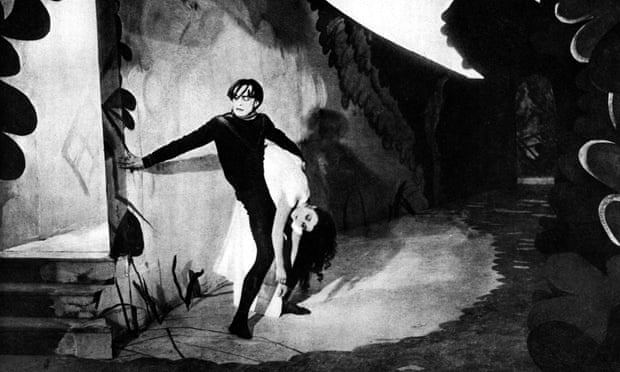
Fig 1. The Movie Poster for " The Cabinet of Dr. Caligari"
Upon viewing Robert Wiene's "The Cabinet of Dr. Caligari" (1920) it is quite clear to see that it has been the foundations that many successful horrors have built from, with excellent use of imagery, scenery and character design that elegantly forces it's audience to stay glued, it's hard not to see why. As Peter Bradshaw mentions
warped in all senses, fascinating and bizarre: this is the 1920 silent movie by Robert Wiene – now re-released in cinemas – that lay down a template for today's scary movies, noirs and psychological thrillers. (Peter Bradshaw-2014)
Some examples that spring to mind that would certainly be inspired from "The Cabinet of Dr. Caligari" is "Edward Scissorhands" (1990) and "Shutter Island" (2010)
Robert Wiene's "The Cabinet of Dr. Caligari" is a very bizarre and dark film that is set within the small dainty town that goes by the name of Holstenwall. At first we experience the prologue section of the film where we see a young man called Francis discussing with a colleague about spirits being everywhere. The garden in which these two sit is a glimpse at what reality is like as the scenery has more of a natural and normal feel to it. This is soon disrupted as we the find ourselves inside a disfigured and obscure landscape. "The actors inhabit a jagged landscape of sharp angles and tilted walls and windows, staircases climbing crazy diagonals, trees with spiky leaves, grass that looks like knives." (Roger Ebert - 2009) This quotes back up the fact that this place we are transported too is clearly not of this world and it gives unique sense that it's like we as an audience have entered the realm of a darkened mind. Wiene cleverly conveys the fact that we are somewhat lost within Francis' mind and that there could be anything lurking within the shadows waiting to pounce by confining the scenery to give a claustrophobic feeling.
The characters in Dr Caligari do not speak within the movie but rather creatively express their emotions and actions with almost comical stature that still describe the mood and feelings of each scene. But it's mostly the costumes and make-up that truly set the atmosphere. Cesare is certainly the character that has the most mystery and confusion surrounding him, with his darkened eyes, black clothing and lack of words spoken from him which can be seen in fig 2, it definitely gives the impression that he is up to something but we as an audience are left somewhat in the darkness as what that could be.
 #
#
Fig 2. Image of Cesare carrying an unconscious Jane
Once the events of Dr Caligari are rolled out we soon discover that the whole story had been concocted within Francis' mind whilst he was entrapped within the walls of a mental asylum. Some can discuss that maybe all along Francis was in fact the murderer and that Cesare was instead an image of a darkened doppelganger of Francis who re-conveys his previous actions that may have happened before he went to the mental asylum and before he met with his colleague in the garden. This could better explain the murder of Alan, this is because Francis could have murdered him in an attempt to take Jane for himself.
Overall it can be said that "The Cabinet of Dr. Caligari" is one of the best horror films to come out of that age in time, especially as it shows a large amount of German expressionism and darkness throughout Germany due to the events of World War I
Bibliography
http://www.rogerebert.com/reviews/great-movie-the-cabinet-of-dr-caligari-1920
http://www.theguardian.com/film/2014/aug/28/the-cabinet-of-dr-caligari-film-review
Image sources
http://www.theguardian.com/film/2014/nov/03/the-cabinet-of-dr-caligari-review-archive-1923
https://en.wikipedia.org/wiki/The_Cabinet_of_Dr._Caligari

No comments:
Post a Comment